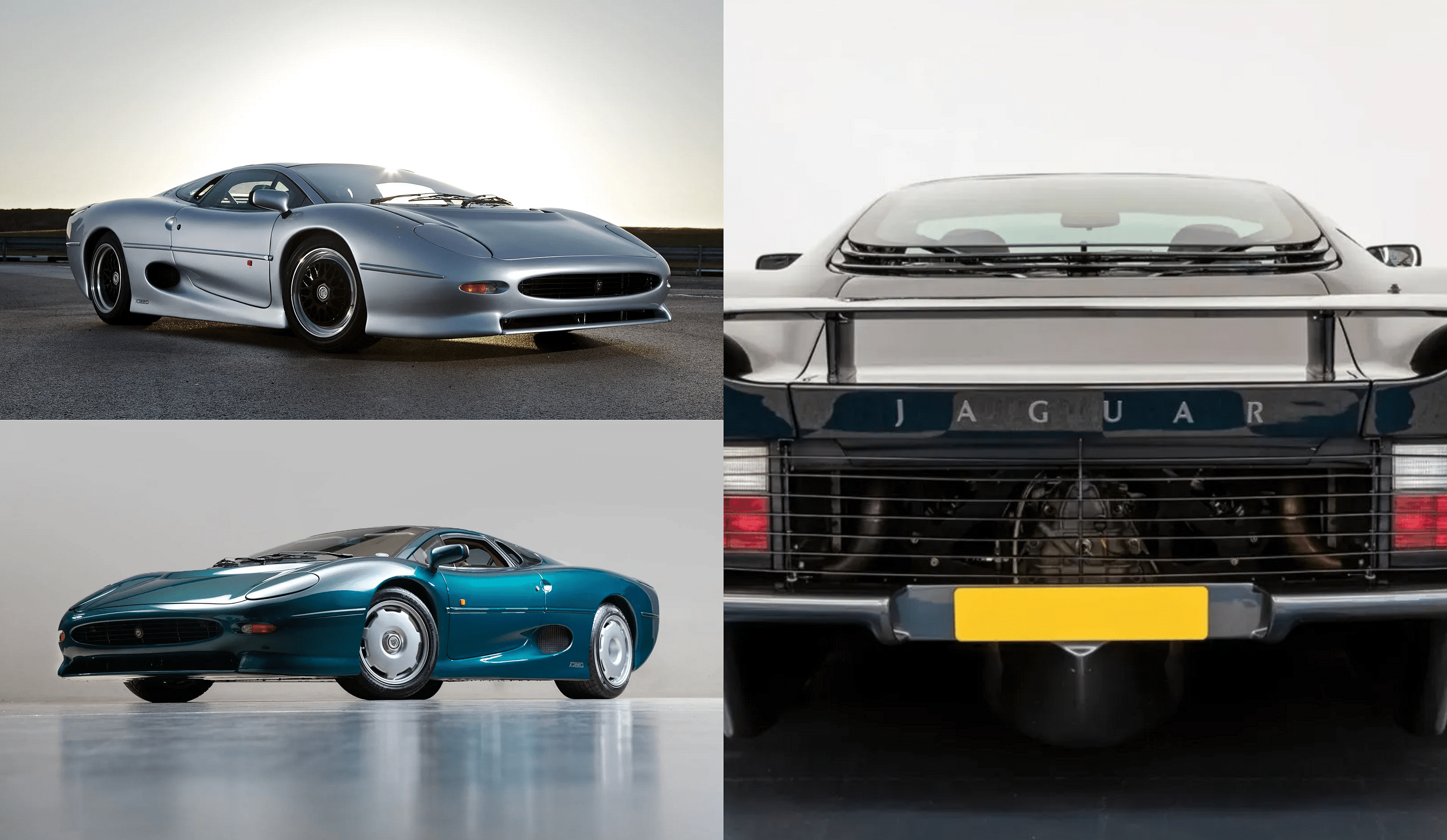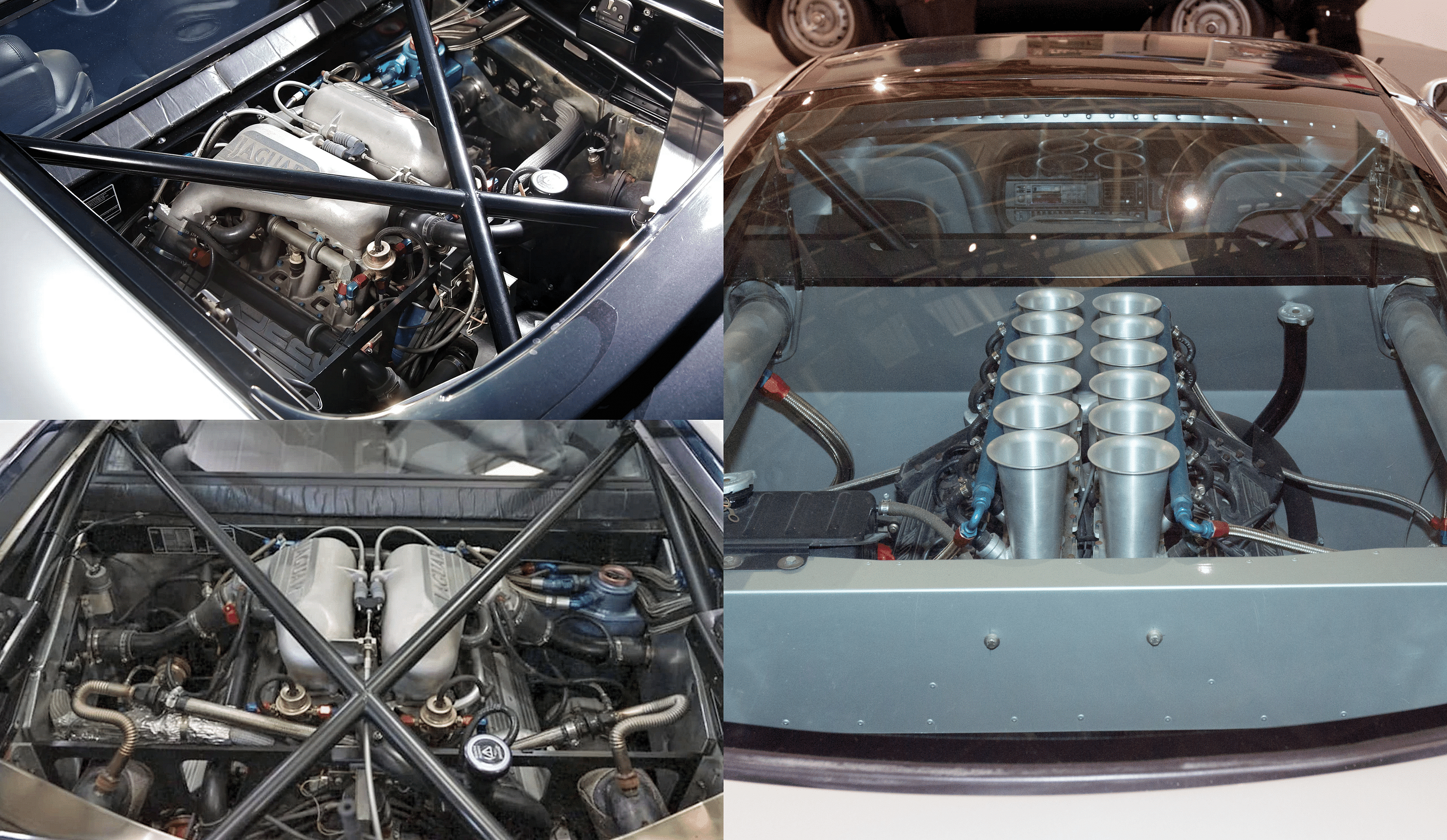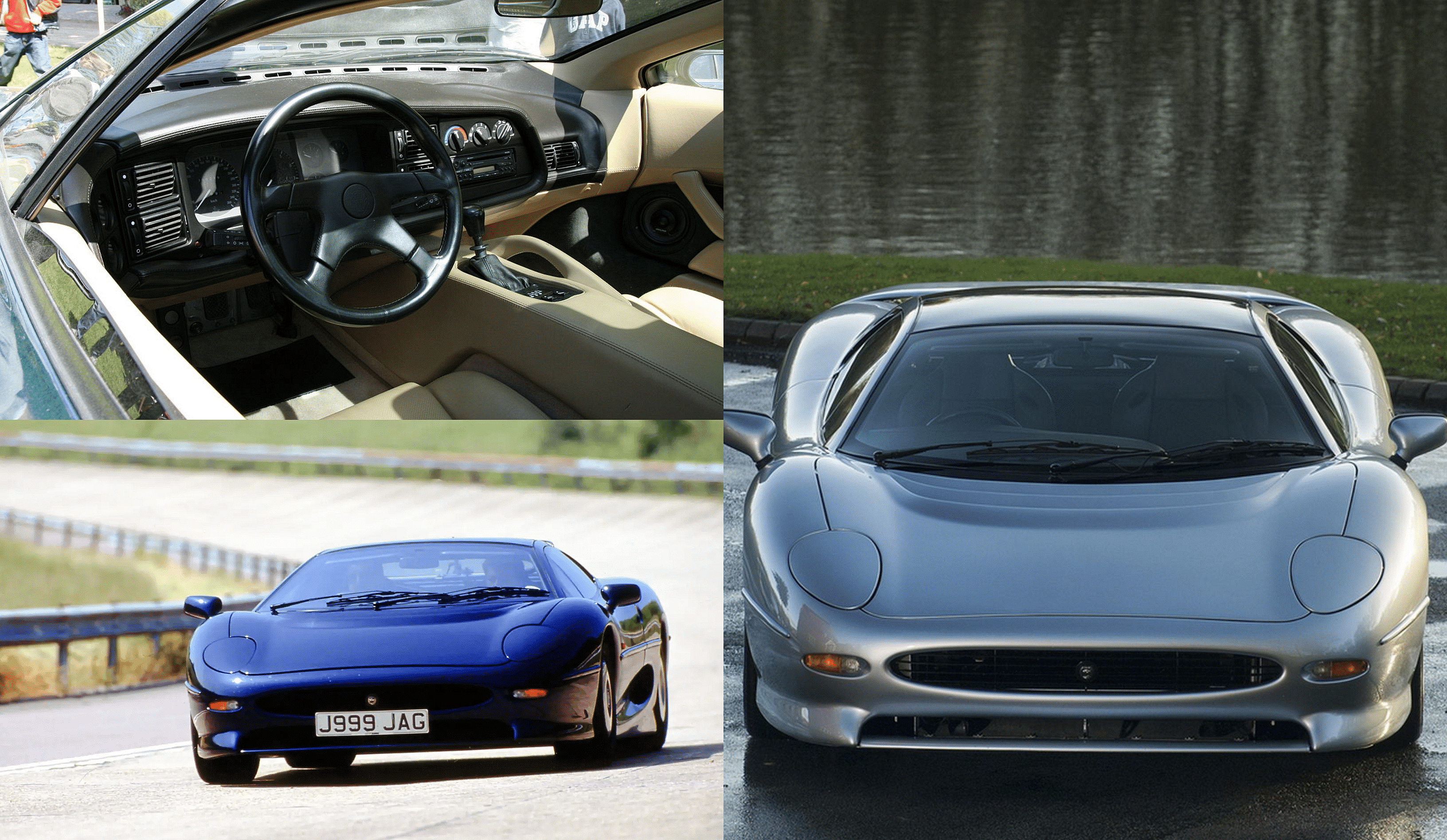Taking A Trip Down The Memory Lane With The Jaguar XJ220
The Jaguar XJ220 was Jaguar’s attempt at returning to motor racing by first developing a prototype. And the brand succeeded at it with the first XJ220 prototype as well. However, the production model saw the removal of some highly anticipated bits from the car, especially the V12 motor. Even with the major modifications, the performance of the car was one of its highlights and it wasn’t sleek for a supercar during its time.
Published February 20, 2024

For the 90s kids out there, the Jaguar XJ220 has been a part of their childhood with the walls of their room having at least one poster of the car. Smooth and flowy exterior design with those motorized shutters for the headlamps and absurdly big exterior dimensions are what the XJ220 stood out in its time.
The British brand had a realization that its road cars haven’t been associated with motorsports in quite some time and the engineers went back to the design board to create one. They did create a brilliant prototype which had plenty of advanced techs for the time but those did not make it into the production model, sadly.
What’s special about the XJ220’s design and development?
Designing a performance-oriented car, especially a supercar, requires a ton of money for the design part alone along with investments for the prototype. Well, Jaguar’s then-chief engineer Jim Randle, asked for some favors from the engineering houses and suppliers of components that worked with both Jaguar and Randle to design the car. As such the overall cost did not make the slightest dent on Jag’s coffers at the time. For the naming part, the XJ220 followed the practice of being named for its top speed, like the XK120. Another similarity to the XK120 is that the XJ220 also had a full aluminum body as well.

For aerodynamics, the original design of the car was intended to have active aero panels that would fold inside the body at lower speeds. However, the final production model did not see it since it would’ve been financially less viable. Instead, the production model saw an underbody airflow design that utilized the venturi effect to produce an immense downforce of almost 3,000 lbs at 200 mph. The final redesigns also removed the original scissor doors as was showcased on the concept car earlier. But the motorized shutters for the headlamps and behind the grille lamps at the rear did not dent the car’s exterior appeal much.
How about its powertrain and performance?
Jaguar built the XJ220 for racing purposes hence stuffed a sizable 6.2-liter naturally aspirated V12 at the rear of the concept car. Despite the promising performance of the Jaguar V12, it did not make it to the production model though. The engineers saw that the competitors such as the Ferrari F40 and the Porsche 959 had compact engines with hefty performance and output figures. Hence, they went for a smaller V6 with forced induction. Here enters the compact 3.5-liter twin-turbocharged V6 that develops 542 hp and 473 lb-ft of torque.

Initially, Jaguar made some bold claims that even with the V12 being dropped, the V6 will allow the car to do a 0-60 mph sprint within 3.6 seconds and its top speed will be way over 200 mph. However, while testing, the car managed to do the 0-60 within 4.8 seconds and the rev-limiter kept it from going over 212 mph. Later, the catalytic converters were removed and the rev-limiter’s cut-off was increased. With the changes done, the car hit a record top speed of 217 mph. It was also the fastest production car in the world, but for a brief period until the McLaren F1 came and swept everyone off their feet with its 240 mph top speed run.
What about the Interior and Pricing of the XJ220?
Engineers behind the success of the Jaguar XJ220 made some cutbacks on the powertrain department to compete against its rivals such as the Ferrari F40. However, they did not intend to do so with the interior of the car. Compared to the bland and almost featureless interior of the F40, the XJ220’s cabin was plush, comfortable, and well-equipped with features. The car was also impressed with some unusual placement of gauges for the driver such as placing the boost pressure gauges on the driver’s side door panel rather than stuffing them on the gauge cluster or above the dashboard. The entire cabin was trimmed with premium quality leather and the standard sport seats was wrapped in leather as well. Power windows and electronically adjustable ORVMs were also offered as standard.

During its launch, the car was priced quite heavily at $580,000 and the buyers had to deposit $80,000 beforehand just to get their names listed on the official waiting list. At present, the car’s value has gone down some notches but it still fetches anywhere around $400,000, to $412,000 depending on the condition and mileage on the odometer.
Write a comment
Comments
No Comments Yet









